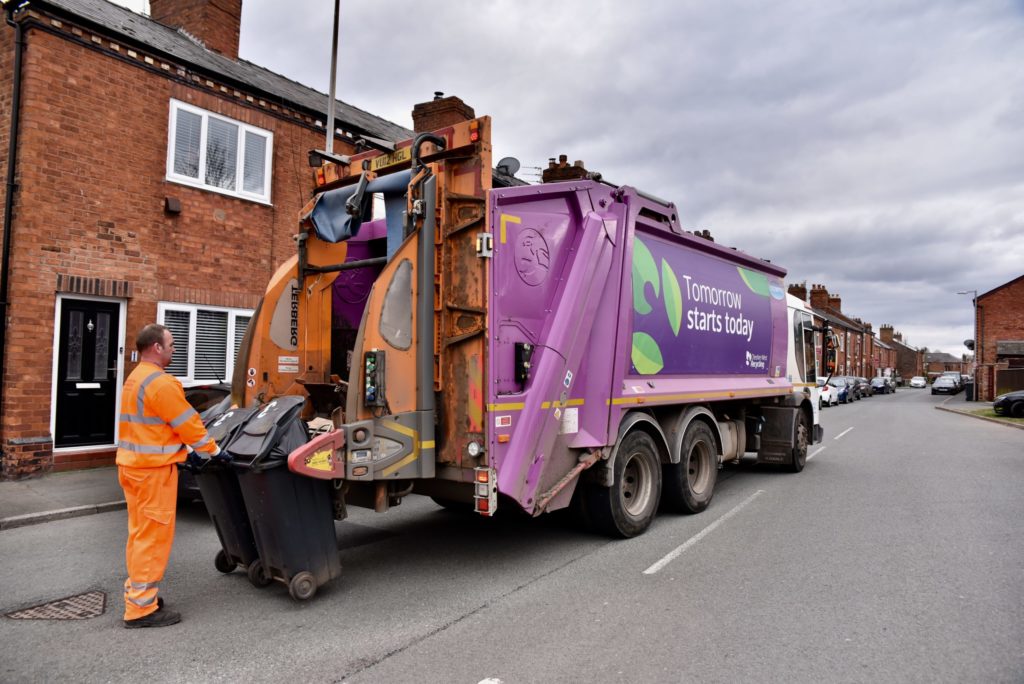Ania Krolak of Poyry Forest Industry Consulting looks at the market for wood pellets following a research study the consultancy recently carried out.
At the same time, Drax, Britains largest electricity generator has recently opened up the debate on the UK co-firing regulations. The demand growth rate for industrial wood pellets used mainly by coal power stations for co-firing in order to meet renewable energy targets and reduce CO2 emissions has recently slowed down due to low coal, CO2 and electricity prices in the UK, which are the key drivers for co-firing economics. Additionally, the subsidy for a coal power station which co-fires with regular biomass mainly in the form of wood pellets, is less favourable than the subsidy for a coal plant that co-fires energy crops or for a dedicated biomass power plant, resulting in higher demand for wood chips and energy crop-based biofuel such as straw pellets rather than wood pellets. While the level of these subsidies is unlikely to change in the near future, co-firing economics may, and this will drive higher demand for industrial wood pellets.
UK market
The UK market for wood pellets has been analysed by Pyry Forest Industry Consulting, a leading global expert in bioenergy and biomass procurement strategies, in its recent study Wood Pellets The Bioenergy Feedstock Solution? Global market, players and trade to 2015.
Wood pellets are underpinning the emergence of a new commodities business in biomass. The key driver is bioenergy and Pyry expects double digit growth in pellet markets over the next five years.
The wood pellet market is immature and the reliability of data on trade, prices, production capacity and actual production varies considerably between countries. Through this study Pyry hopes to establish an authoritative base of reliable data and analysis which can be used for strategic decision-making by existing or prospective market participants.
Marek Guizot, UK head of forest and wood supply strategies, says: “Wood pellets have been identified as one of the fastest growing bioenergy feedstock markets, and also one where it is challenging to obtain reliable information. Pyry has therefore decided to provide what is probably the first comprehensive strategic review of the global wood pellet sector.”
Renewable energy
The global wood pellet market is and will continue to be a growth area. The current and future demand for wood pellets is strongly driven by the worlds need to develop renewable forms of energy and reduce greenhouse gas emissions. Global demand for wood pellets reached nearly 12 million tonnes in 2008 and is worth approximately EUR 2 billion. Europe and North America accounted for 97% of global demand. The market has grown rapidly (compound annual growth rate – CAGR – of 27% in Europe and 17% in North America from 2005 to 2008). However, these growth rates will slow as markets mature. Pyry predicts that by 2015, global pellet demand will almost double, reaching approximately 24 million tonnes (CAGR of 10.5%).
Development of the European wood pellet market has been largely driven by political targets to increase renewable energy usage. Such policy will continue to play a crucial role in the development of pellet markets in EU countries, and is expected to become a similarly important driver in North America.
There are two main end-use segments: residential and industrial. The residential pellet business is local with regional trade, while industrial pellets are traded globally. Future trade flows will include industrial pellet shipments from Australia, South America and South Africa.
Increasing demand for pellets in Europe and decrease in ocean freight costs have created new opportunities for producers to export pellets from the US South East and recently Australia. However, prices for industrial pellets (which are considerably lower than residential pellets) have not risen greatly, and margins for many producers are under pressure because their raw material costs (sawdust, woodchips or in some cases logs) have risen. Logistics costs remain a threat, and are one reason for the recent closure of Dixie Pellets in the US (550,000 tonnes per annum capacity). An interesting development to watch will be torrefied pellets, which deliver significant logistics benefits compared to conventional wood pellets.
“The wood pellet market is attractive, but highly complex,” Hannes Lechner, UK head of bioenergy, says: “Compared to other forms of biomass, such as woodchips, the main advantage that wood pellets offer is the significantly higher energy content per unit of volume. This allows for greater transport efficiency over longer shipping distances, an advantage which could increase in importance as the sustainability or ‘carbon footprint”‘of such long distance trade routes comes under the spotlight.
“Another key advantage is the ease with which pellets can be incorporated into the existing coal-based power generation infrastructure. Pellets can typically be burnt alongside coal with relatively minor modifications or capital outlay.”
(For further information about the study and business opportunities in the wood pellet market please contact: Ania Krolak, ania.krolak@poyry.com; tel: +44 20 8770 3215.)











Subscribe for free